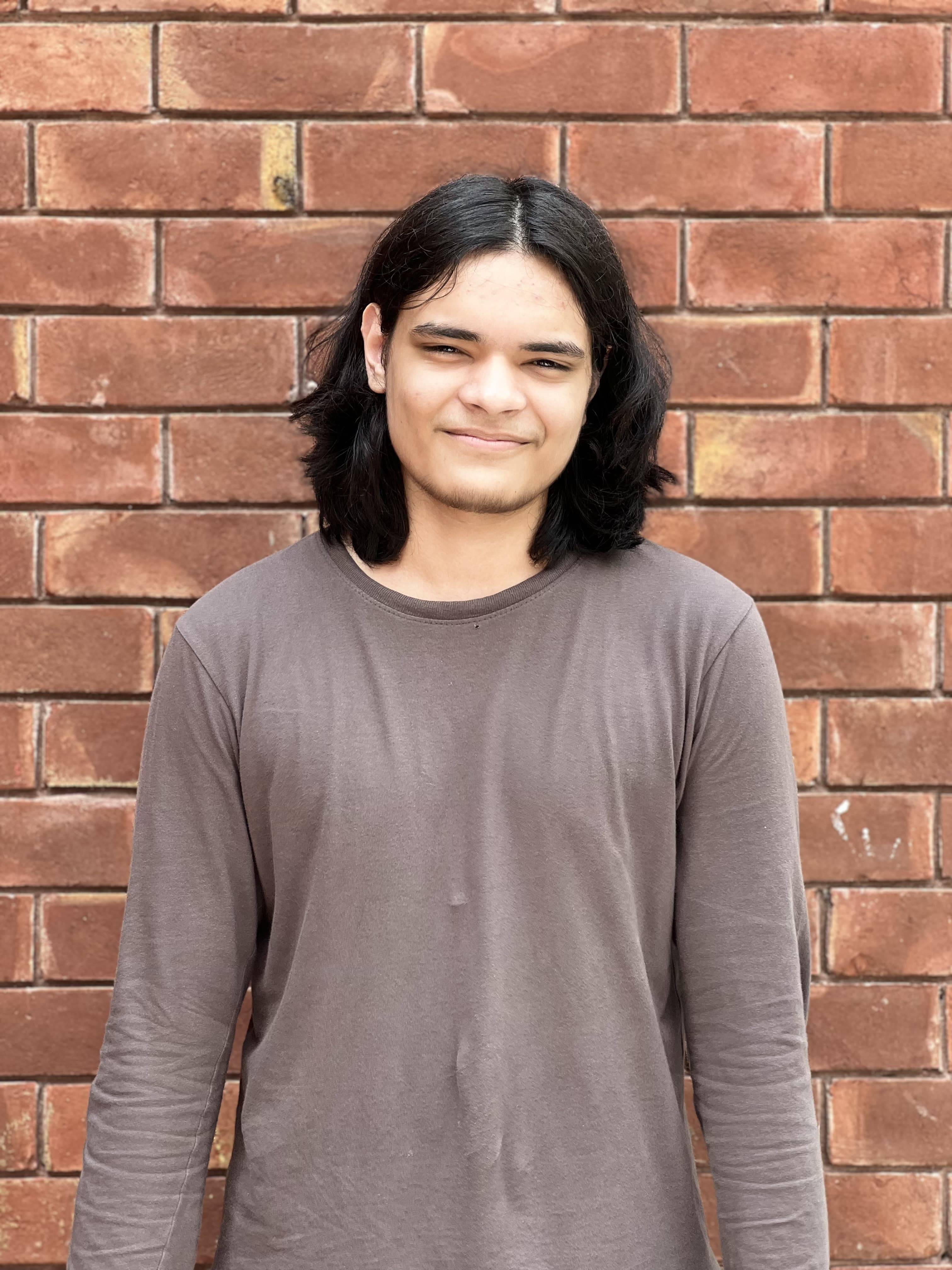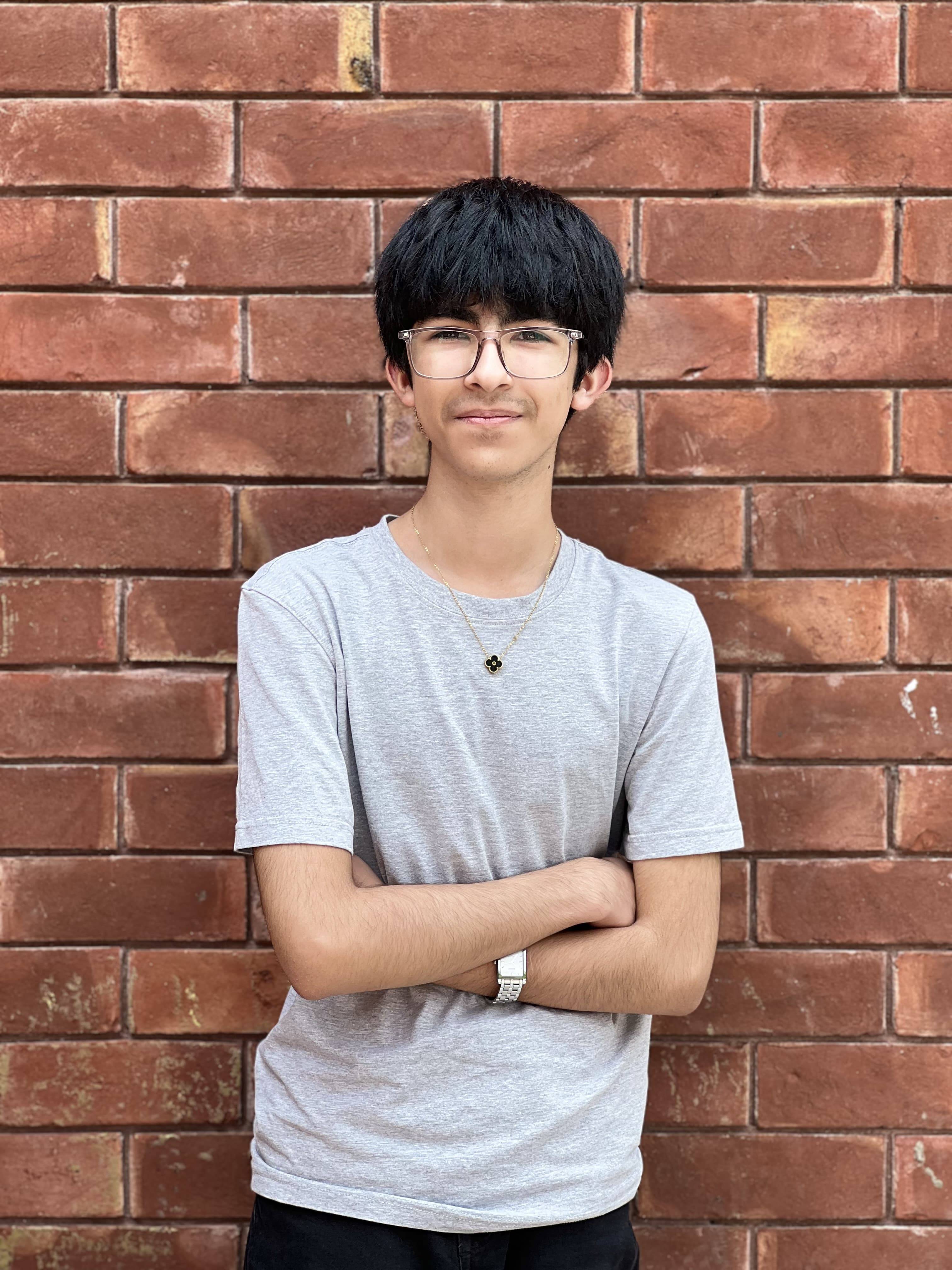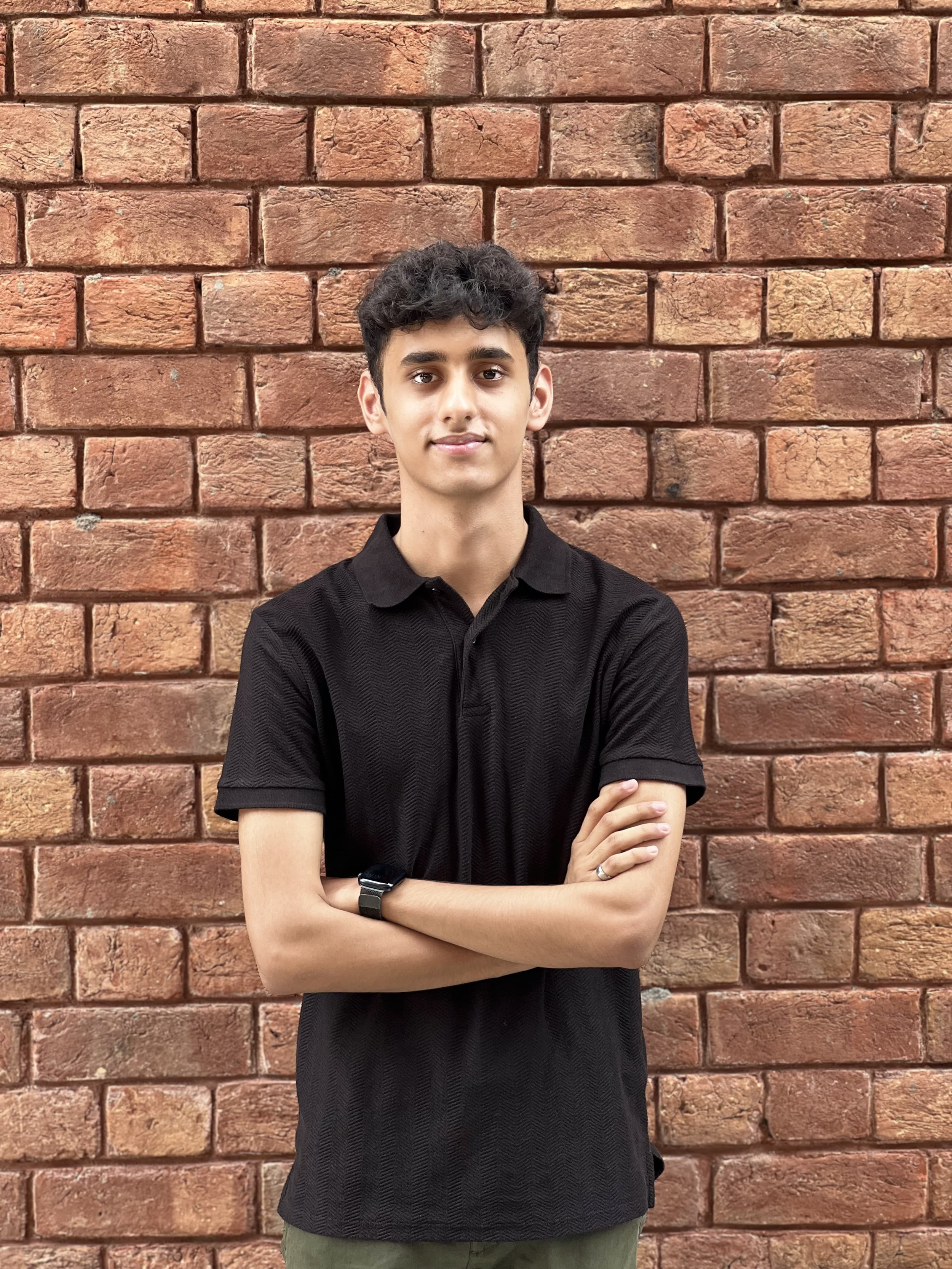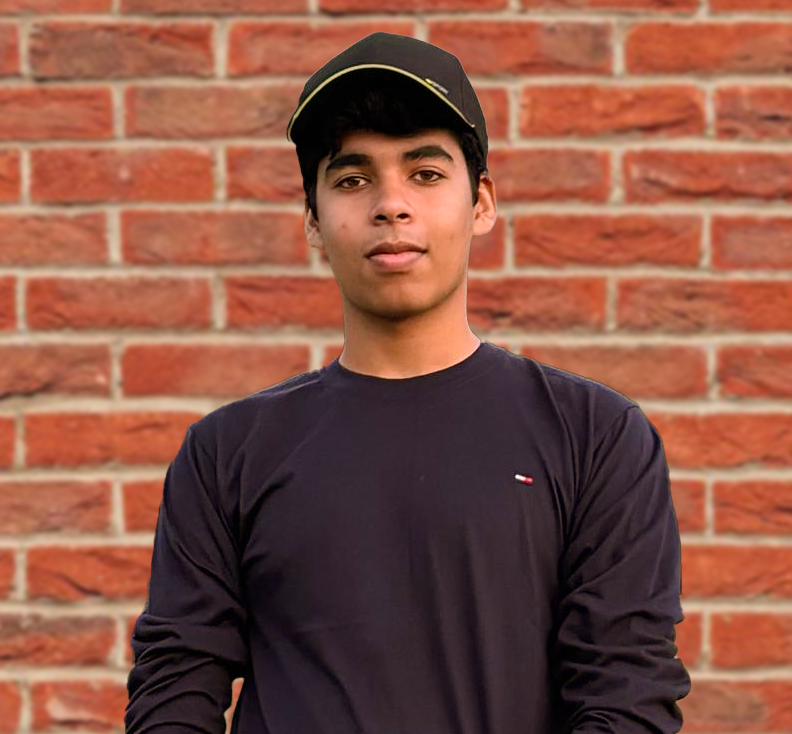
Our Mission Matters
In Pakistan, environmental monitoring faces critical gaps.
Traditional air sensors need many units to reduce errors
and often rely on spectral corrections. Something almost
impossible outside city centers, where sensors are few and
far between. Similarly, river monitoring struggles to provide
early flood warnings before disasters strike. EcoDocs bridges
these gaps, combining optical spectrometry for air quality
and UAV-based hydrological analysis for rivers, delivering
fast, accurate, and wide-area insights where they’re needed most.






